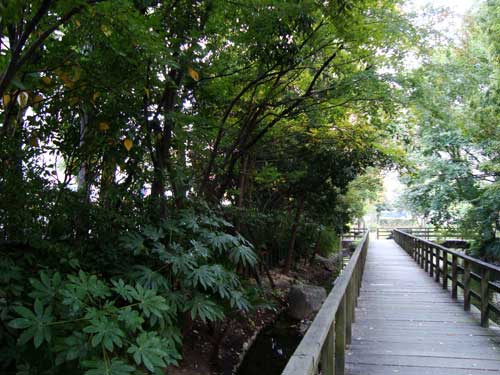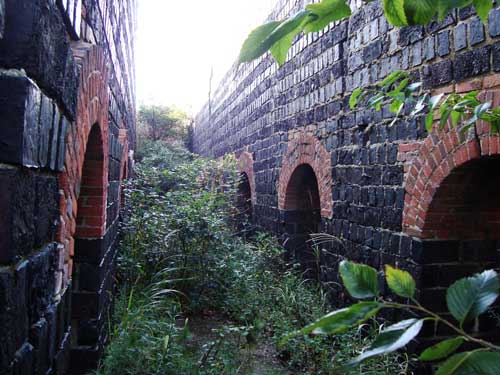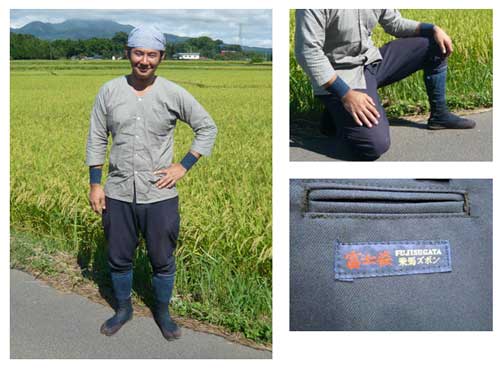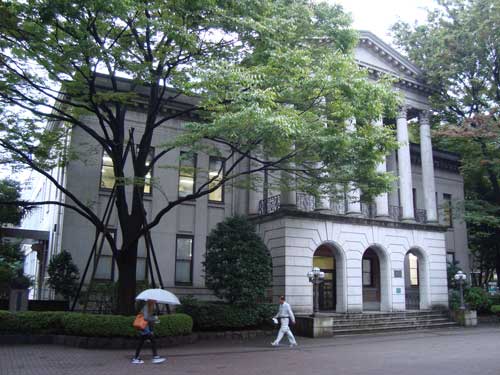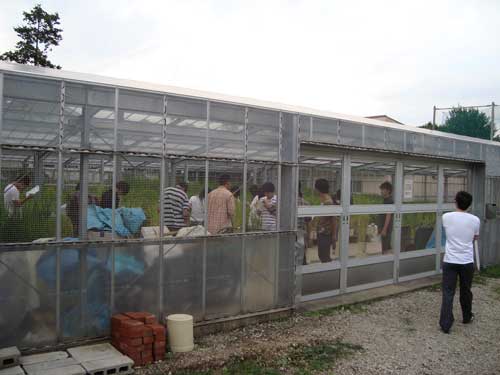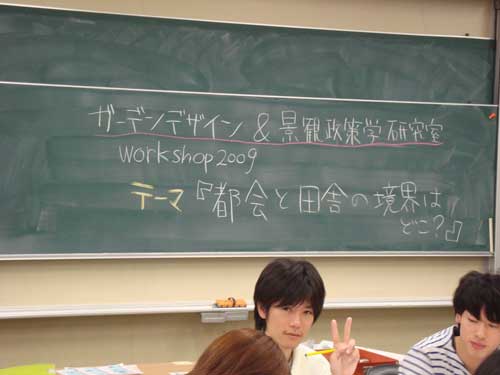
.@ilynam とユキさんと一緒に農大に来て、強い雨に降られました。入口に、「すくう人。環境学生』のポスターを見て、うれしくなりました。鈴木先生のために、海外に作られた日本庭園のことについて学べるサイトを作ります。デザインと庭と画像と土を一緒にするので、このプロジェクットは楽しいです。
It was raining when @ilynam and Yuki joined me for the first meeting to create a website for the 500 garden database of Japanese gardens outside Japan, a project I am helping Suzuki sensei with this year.
At the entrance to the school, somehow this rainy scene was an apt start for this exciting project where we will mix design, gardens, pixels, and soil. Bringing this knowledge online will be very helpful for people around the world who are interested in knowing about and visiting hundreds of Japanese gardens in dozens of countries. And working with design stars Ian and Yuki, I am confident that we can combine simplicity and beauty in the interface.
The banner offering campus tours for new students says, “We are people who scoop. Environmentally active students.” The word sukuu means “scoop” and also “save.”















